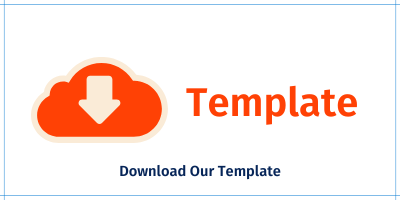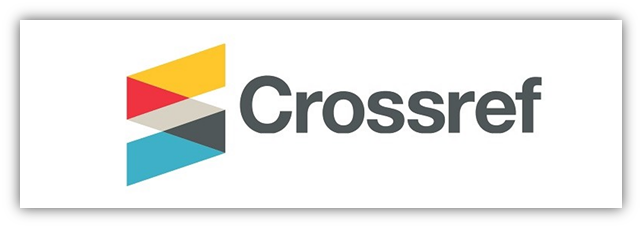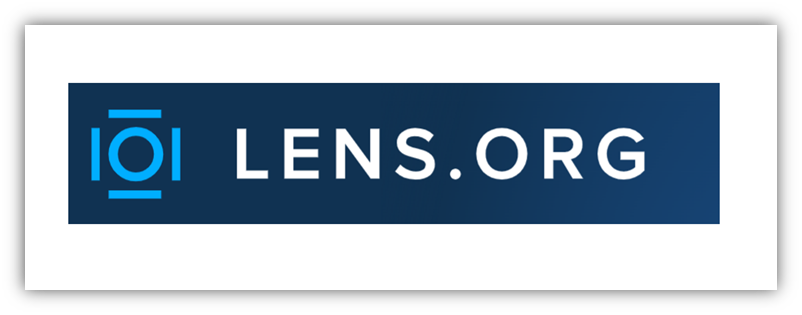Relationship between Quality Control and Customer Satisfaction
DOI:
https://doi.org/10.14421/jies.2021.2.1.34-42Keywords:
Total Quality Management, Customer satisfaction, ManagementAbstract
The use of Total Quality Management (TQM) in a company or organization is one of the actions taken by a company or organization to achieve customer satisfaction. This is usually done by the company by adding quality to the internal company. If the internal can be well, it is expected that the external will also be good. In its aim Total Quality Management (TQM) has a long term, Total Quality Management (TQM) focuses on quality, based on the participation of all its members. Total Quality Management (TQM) uses effective strategies, data and communication to integrate quality discipline into the culture and activities of the company. The basic philosophy of Total Quality Management (TQM) is as an effect of customer satisfaction, a company or organization can experience success. Total Quality Management (TQM) can be widely used in manufacturing, education, government and service industries. So Total Quality Management (TQM) is used by companies to improve internal company in customer satisfaction.
Downloads
 Abstract viewed: 287 times
|
Abstract viewed: 287 times
|
 PDF downloaded = 281 times
PDF downloaded = 281 times
References
Vora, Manu K. (2013). “Business Excellence Through Sustainable Change Management”. Journal Vol. 25 No. 6. Business Excellence Inc, Naperville, Illinois, USA. pp. 625-640.
Todnem, Rune. (2007). “Organisational change management: A critical Review”. Journal of Change Management, Vol. 5, No. 4, pp. 369 –380.
Waddell, Dianne & Amrik S. Sohal, (1998),"Resistance: a constructive tool for change management". Journal of Management Decision, Vol. 36 Iss 8 pp. 543 - 548.
William J. Kettinger & Varun Grover. (1995). “Special Section: Toward a Theory of Business Process Change Management”. Journal of Management Information Systems, 12:1, 9-30.
Mulyadi. (1997). “Manajemen Perubahan”. Jurnal Ekonomi dan Bisnis Indonesia, Vol 12, No.3.
Gafar, T. Fahrul. (tt). “Manajemen Perubahan Dalam Teknologi Informasi dan Komunikasi (tik) Pemerintahan di indonesia Sebuah Pemikiran Dalam Menyongsong Peralihan e Government Menjadi e-Governance” Jurnal Ilmu Pemerintahan, Vol.3 No.2.
Hakim, Lukman & Eko Sugiyanto. (2018). “Manajemen Perubahan Organisasi Sebagai Upaya Peningkatan Kinerja Perusahaan di Industri Batik Laweyan Surakarta”. Jurnal Manajemen dan Bisnis, Volume 3, Nomor 2, 49-63.
Todd D. Jick, Kinthi D. M. Sturtevant. (2017). "Taking Stock of 30 Years of Change Management: Is It Time for a Reboot?". In Research in Organizational Change and Development. Volume 25, 33-79.
Yaqun Yi, Meng Gu, Zelong Wei. (2017)."Bottom-up learning, strategic flexibility and strategic change". Journal of Organizational Change Management, Vol. 30 Issue: 2, pp.161-183.
Jeff Hearn. (1992). "Changing Men and Changing Managements: A Review of Issues and Actions". Journal of Women in Management Review, Vol. 7 Iss 1 pp.
Jos H. Pieterse, Marjolein C.J. Caniëls, Thijs Homan. (2012). "Professional discourses and resistance to change". Journal of Organizational Change Management, Vol. 25.
Dewi, Rosma Rosmala & Teguh Kurniawan. (2019). “Manajemen Perubahan Organisasi Publik: Mengatasi Resistensi Perubahan”. Jurnal Natapraja Kajian Ilmu Administrasi Negara,Vol. 7, No. 1, pp. 53-72.
Stanleigh, Michael. (2008). “Effecting Successful Change Management Initiatives”. Journal of Industrial and Commercial Training, Vol. 40 No. 1, pp. 34-37.
Bamford, D. R. and Forrester, P. L. (2003) ‘Managing planned and emergent change within an operations management environment’, International Journal of Operations & Production Management, 23(5), pp. 546 –564.
Downloads
Published
How to Cite
Issue
Section
License
Authors who publish with this journal agree to the following terms:
1.Authors retain copyright and grant the journal right of first publication with the work simultaneously licensed under a Creative Commons Attribution License that allows others to share the work with an acknowledgement of the work's authorship and initial publication in this journal.
2. Authors are able to enter into separate, additional contractual arrangements for the non-exclusive distribution of the journal's published version of the work (e.g., post it to an institutional repository or publish it in a book), with an acknowledgement of its initial publication in this journal.
3. Authors are permitted and encouraged to post their work online (e.g., in institutional repositories or on their website) prior to and during the submission process, as it can lead to productive exchanges, as well as earlier and greater citation of published work (See The Effect of Open Access).













 This work is licensed under a
This work is licensed under a 